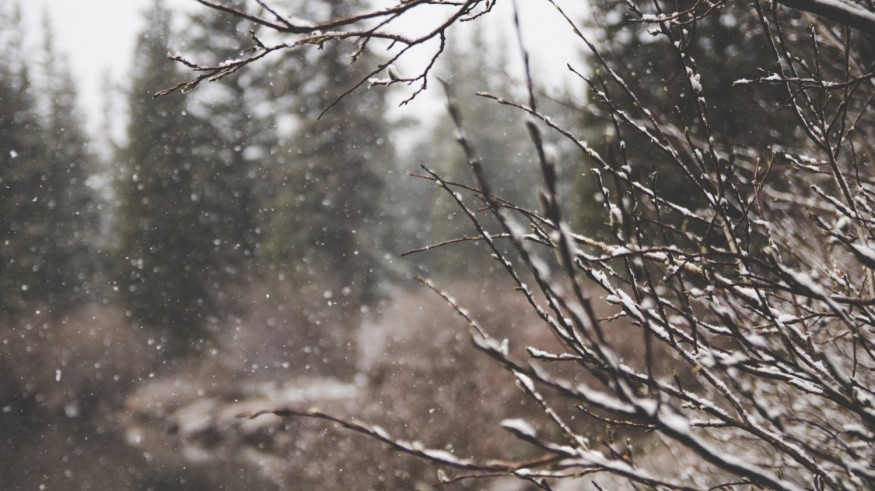A cold front is approaching the United States and is expected to cause a winterlike air mass in different parts of the country later this week, according to the National Weather Service (NWS) forecast. Some of the potential weather hazards associated with the cold weather system include snow, rainfall, and even sub-freezing temperatures.
The NWS forecast comes after the U.S. experienced a combination of tropical cyclones, severe thunderstorms, and heatwaves in recent weeks and months. The looming cold front is also ahead of the official start of 2023 winter season, which starts in December every year. However, pre-winter or post-winter cold fronts have occurred in the country before.
US Cold Front Forecast

The NWS, during the weekend, stated that a strong cold front will arrive into the U.S. on Thursday, September 14, allowing for temperatures to drop later on the day until Saturday, September 16. The areas that can be affect stretch across eastern Utah and western Colorado, which can experience "below-freezing temperatures" by Friday morning, September 15, and Saturday morning.
Significant amount of snowfall is possible not only in mountainous areas but also in some valleys across the region, particularly in northwest Colorado, overnight from Thursday to Friday, the weather service adds. Furthermore, the approaching cold front will produce localized heavy rain in the Northeast and Great Plains regions of the U.S.
In the coming hours and days, the mentioned weather hazards can be generally felt in the central and eastern parts of the country. In addition, disruption to power supply and travel can also be affected in different U.S. regions. Still, the forecasted cold weather conditions could still change as the U.S. weather agency can change its weather outlook report with little or without warning.
What is a Cold Front?
According to the American Geosciences Institute (AGI), cold fronts form when cold air mass wedges under a warm air mass, emphasizing that the coldest winter weather in the U.S. occurs when a "bitter cold air mass" enters the country from the high arctic regions. This is also the same case for Alaska, Canada, and northeastern Asia.
The AGI explains that the shift between cold and warm fronts depend on the changes occurring between air masses, including temperature and moisture. Although a cold front is not as organized and deadly as a storm or hurricane, it can still cause widespread disruption and life-threatening risks due to heavy snow and even extreme cold temperatures.
Earlier this year, a deadly Asia cold front affected millions of people across the continent with freezing temperatures, including from Japan, South Korea, and to Afghanistan. In the U.S., the previous 2022 winter season also saw massive winter storms and blizzards that killed multiple people from late December to January.
In the coming months, the U.S. could experience similar winter weather events, including additional cold fronts.
© 2025 NatureWorldNews.com All rights reserved. Do not reproduce without permission.





